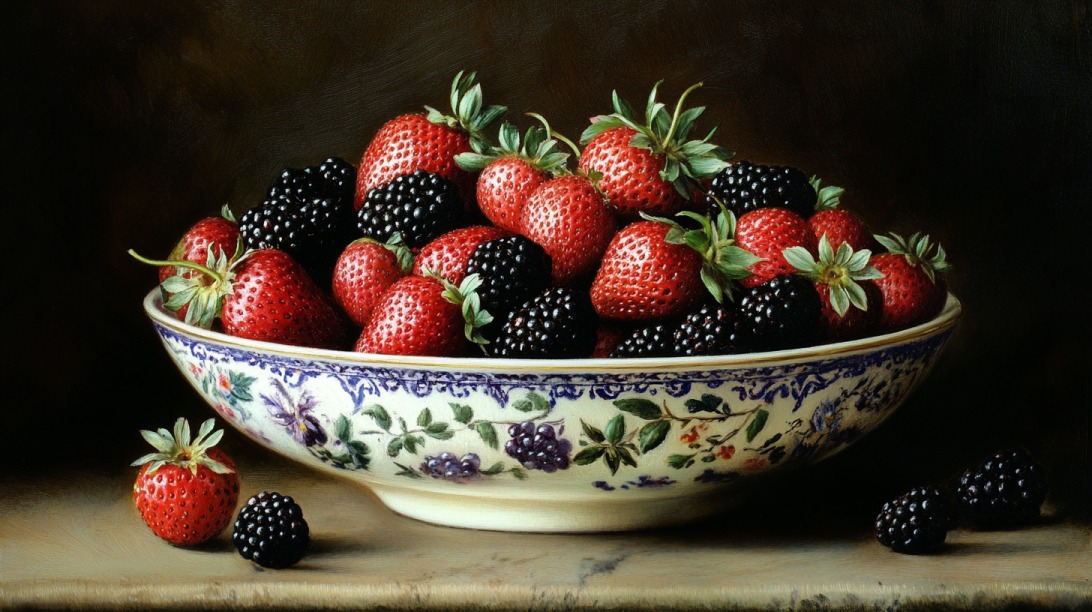Foraging has long been woven into Appalachian traditions, passed down through generations. Locals rely on what grows naturally, especially berries, as both sustenance and seasonal celebration. Walking the trails or hillsides becomes more than a hike, it becomes a flavorful experience.
Small berries hide in grassy fields, forest edges, and rugged slopes, waiting to be spotted by those who know where to look.
Let us talk about the applachian berries you can forage in this part of the country.
1. Blueberries (Vaccinium spp.)
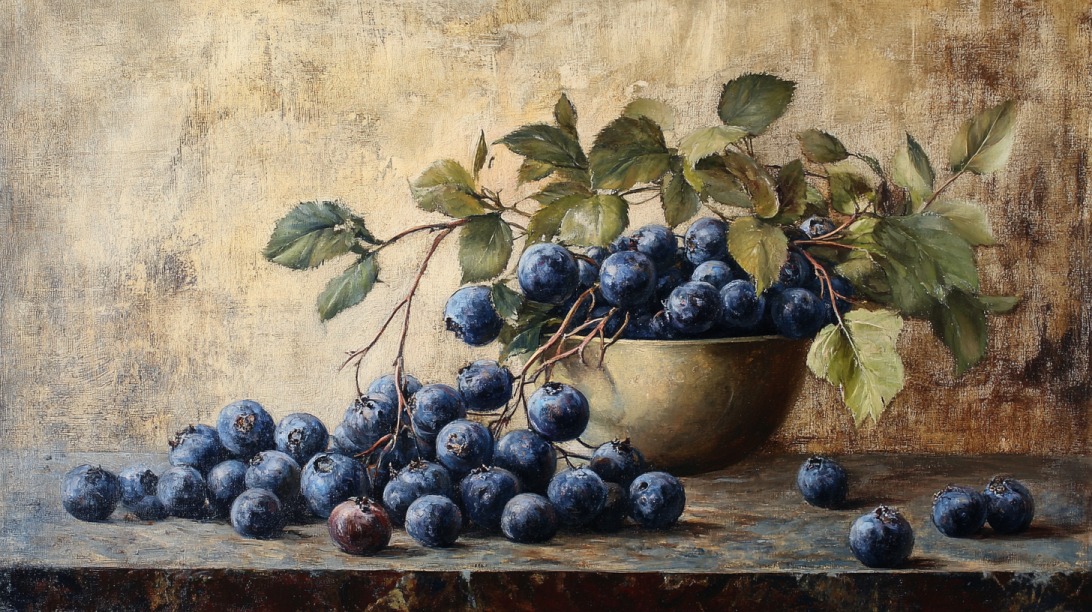
Blueberries grow abundantly in high-elevation regions of the Appalachian Mountains. Balds and sunny slopes, particularly areas like the Roan Highlands, offer ideal growing conditions.
These open spaces are typically wind-swept with acidic soil and ample sunlight, creating perfect environments for low-lying blueberry shrubs to flourish.
Hikers often stumble upon dense patches bursting with blue fruit during mid to late summer, usually July through early September. Early morning or late afternoon is the best time to pick, as the berries are plump, cool, and easier to spot under dappled light.
Each berry delivers a balance of sweetness and tartness, making them extremely versatile for outdoor meals. Their small size and smooth skin allow for easy snacking straight off the bush. A quick rinse using clean stream or bottled water ensures safety before consumption.
For those who forage in bulk, blueberries store well in mesh bags or collapsible containers, keeping them breathable on long hikes.
- Mix fresh berries into dry pancake or muffin mix and prepare over a campfire skillet.
- Simmer berries with a pinch of sugar and a splash of water until softened.
- Mash a few berries in the bottom of a water bottle, add cool water, and let it sit for 10–15 minutes. Perfect for refreshing hydration during long hikes.
2. Blackberries (Rubus fruticosus)
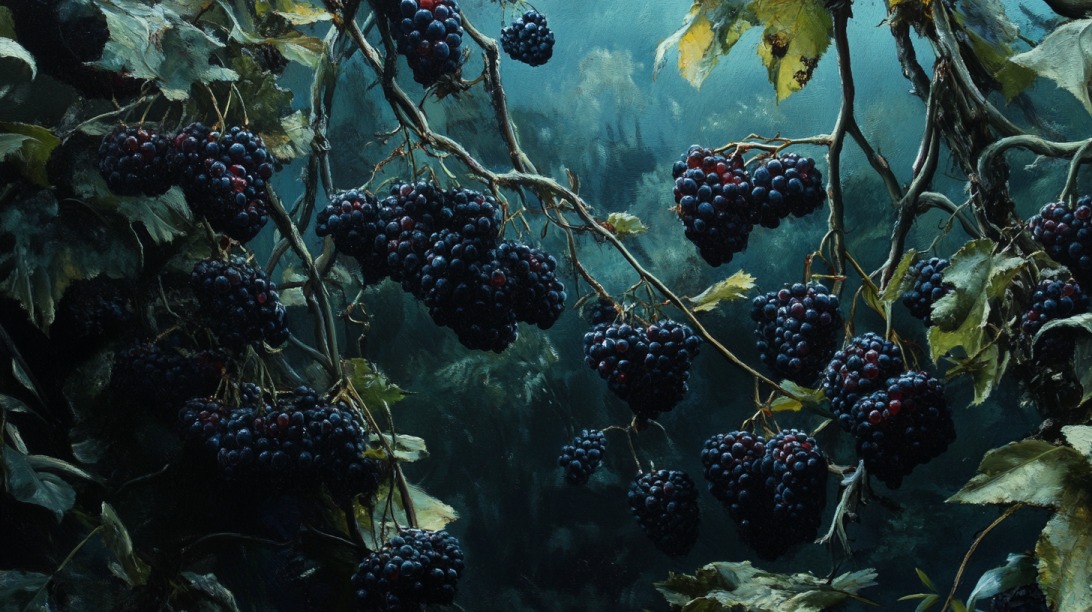
Blackberries grow aggressively and thrive in open, sunlit areas where disturbance has created space for wild growth. Once a bramble patch takes hold, it can sprawl quickly, producing clusters of glossy black drupes that ripen throughout summer.
Thorny vines often tangle together, so long sleeves and gloves help when picking. Warmer months bring an abundance of ripe fruit, each one slightly soft to the touch when ready. Birds and bears are drawn to these clusters as much as humans, so speed and timing matter.
Brambles may line hiking trails or fill in abandoned farmland. Some plants grow chest-high, while others crawl low. Paths less maintained often offer the best harvesting grounds, especially near creeks or woodland margins.
Shaded edges tend to delay ripening, allowing for staggered harvesting into early fall.
Each berry carries intense flavor, sweetness balanced with just the right amount of tartness. Blackberries pair well with both sweet and savory recipes, making them incredibly versatile during the peak season.
- Boil fresh berries with sugar and a splash of lemon juice until reduced. Use sterilized jars for storage or refrigerate for immediate use.
- Combine berries with a simple batter of flour, baking powder, and sugar.
- Mash berries and strain the juice. Mix with olive oil, vinegar, and herbs to create a tangy dressing perfect for fresh greens or grilled vegetables packed on longer hikes.
3. Black Raspberries
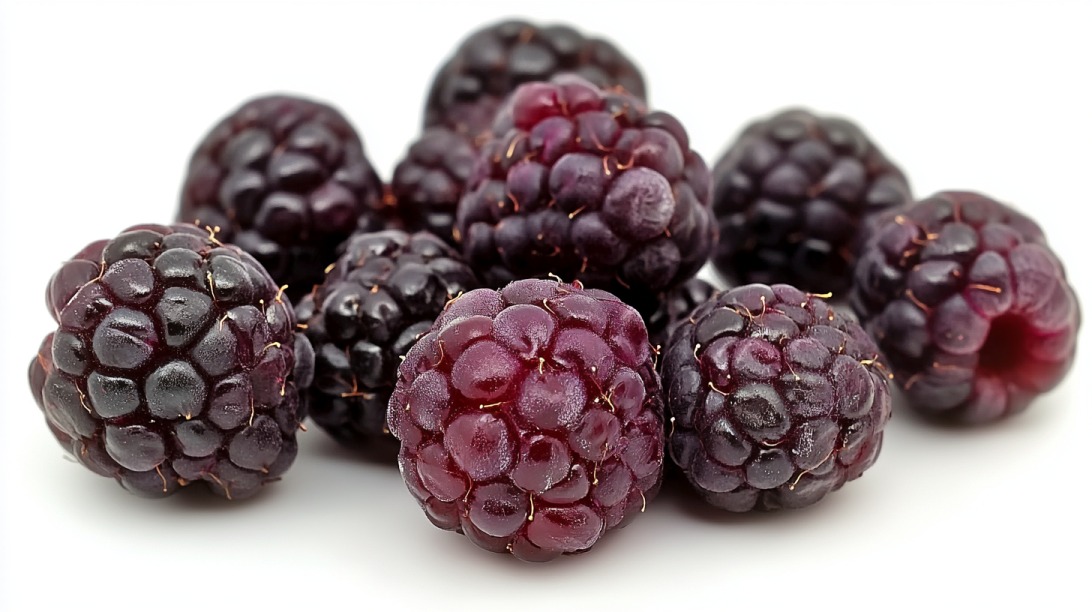
Bushes often appear scraggly and less thorny than other Rubus relatives, making harvesting slightly easier.
Clusters of black raspberries ripen rapidly and should be picked when deep purple to nearly black. Once ripe, they easily detach from their core, leaving behind a hollow center—an identifying trait that sets them apart.
Due to their fleeting peak, it’s best to collect only what can be used or preserved within a day or two. Local wildlife, especially birds, also prize them highly, so early mornings are often best for gathering.
Fresh black raspberries require minimal processing to enjoy. Their concentrated sweetness and soft texture work well in both raw and cooked trail treats.
- Eaten fresh by the handful or added to granola as an energizing trail snack
- Cooked down into raspberry syrup to drizzle over campfire pancakes or oatmeal
- Frozen for later use as a topping for desserts like pound cake or ice cream
- Mixed into yogurt or soft cheese for a simple yet flavorful backwoods meal
- Lightly crushed into cold water for a naturally flavored drink
4. Wineberries (Rubus phoenicolasius)
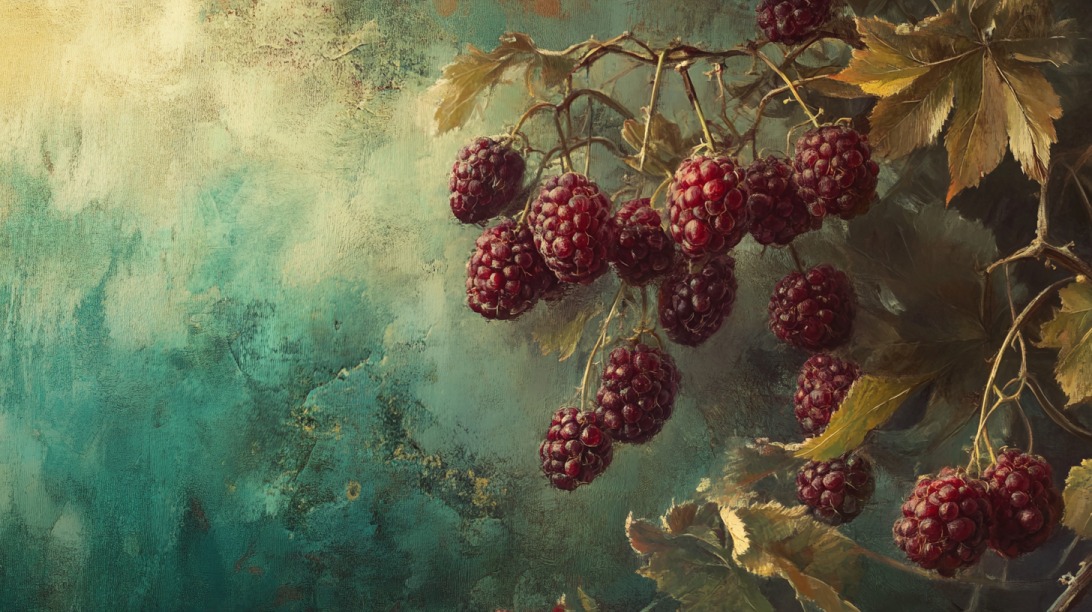
Wineberries often surprise those who stumble upon their ruby-red glow along shaded trails. Introduced from Asia and now naturalized in the Appalachian region, especially the mid-Atlantic states, they’ve become a summer highlight for many foragers.
Their bristly canes are easy to identify, covered in fine reddish hairs that catch the light and protect the fruit. Clusters of translucent berries grow in protective husks, giving them a jewel-like look just before ripening.
Shady woodland paths and forest edges are ideal places to look, especially where moisture lingers and light filters through the canopy.
They grow well in disturbed soil, often showing up along hiking paths and old homesteads. Unlike cultivated raspberries, wineberries arrive suddenly, offering only a brief window of peak flavor in midsummer. That tangy-sweet flavor makes them irresistible on the spot or perfect for simple backcountry meals.
- Wineberry jelly spread on bannock bread
- Berry-infused water with mint and crushed leaves
- Hot oatmeal topped with fresh wineberries and a touch of maple syrup
- Wineberry scones or skillet muffins
- Raw fruit blended into a yogurt-based smoothie
- Simple wineberry glaze for pancakes or grilled meats
5. Strawberries (Fragaria vesca – Wild Strawberry)
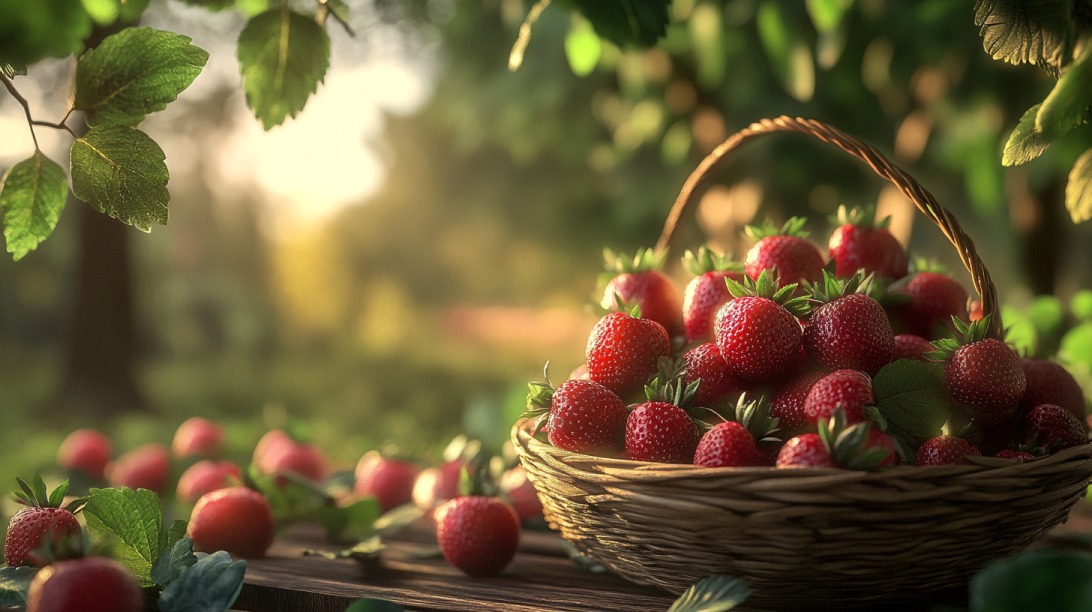
Wild strawberries often go unnoticed due to their size, but anyone who finds a patch during late spring understands their seasonal value. These berries thrive in low meadows, grassy forest edges, and open woodland clearings where dappled sunlight filters through.
Plants grow close to the ground and produce fruit that’s much smaller than supermarket varieties, yet far more intense in flavor.
Care must be taken when harvesting. Bending low to the earth, gently pinching ripe berries, and leaving behind the unripe ones ensures continued growth. Wildlife also depends on these tiny fruits, so foraging should be done respectfully and modestly.
Early mornings after a light rain often yield the most vibrant, plump specimens.
Drying wild strawberries preserves their flavor for future use, and infusing them into tea or trail mixes adds a seasonal touch to any outdoor experience. Adding them fresh to a warm breakfast by a morning campfire connects flavor to memory.
- Strawberry oatmeal with nuts or seeds
- Herbal tea brewed with strawberry and mint leaves
- Dried wild strawberries for portable snacks
- Fresh strawberry mash over skillet pancakes
- Wild strawberry compote with a drizzle of honey
- Camp-style shortbread topped with crushed strawberries
6. Huckleberries (Gaylussacia spp.)
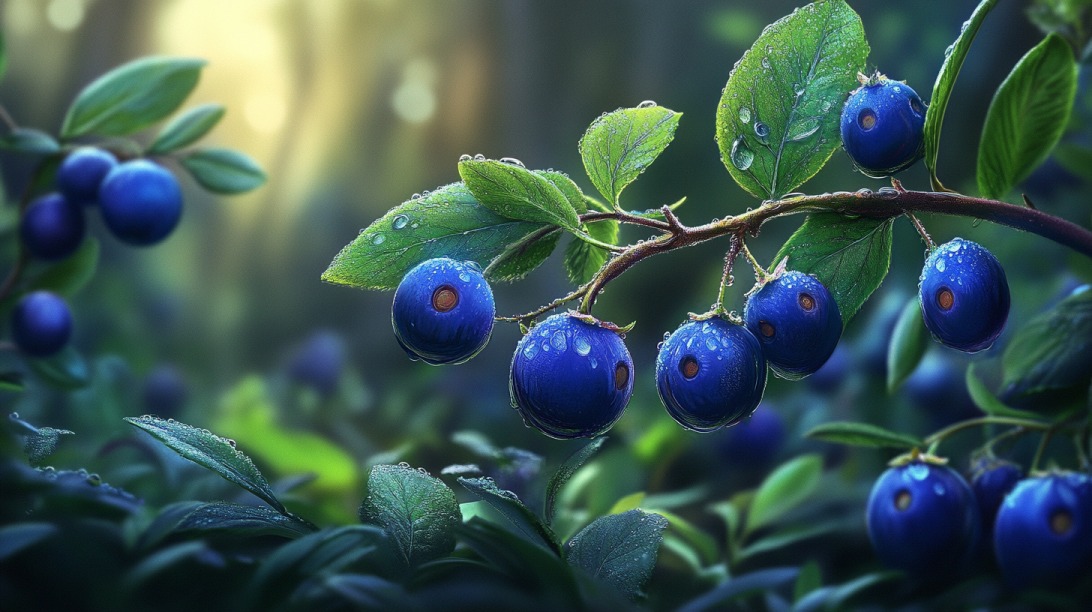
Found in similar environments to blueberries, huckleberries often grow in drier, lower elevation zones and are noticeably smaller in height. These bushes typically hug the forest floor, preferring acidic soils and well-drained slopes.
Picking them requires a watchful eye and patience; they hide well among foliage and are easily overlooked due to their size. Leaves may feel slightly sticky, and berries range in color from blue to almost black, depending on species and ripeness.
Summer is the best time to spot ripe huckleberries, usually between June and August. Birds, bears, and even deer compete for these tart fruits, so a successful forager often needs to be quick and quiet.
Compared to blueberries, huckleberries have a more intense, tangy flavor with a noticeable crunch due to larger seeds. They’re not as juicy, which makes them better suited for recipes that benefit from a firmer texture.
Cooking with huckleberries allows for versatile, trail-friendly dishes. Their tartness blends well with both sweet and savory elements.
- Huckleberry preserves spread on skillet biscuits
- Wild berry granola bars with nuts, seeds, and oats
- Trail smoothies using powdered milk or dried yogurt
- Huckleberry reduction sauce for roasted meats
- Baked huckleberry hand pies wrapped in foil and warmed over a fire
7. Elderberries (Sambucus nigra)
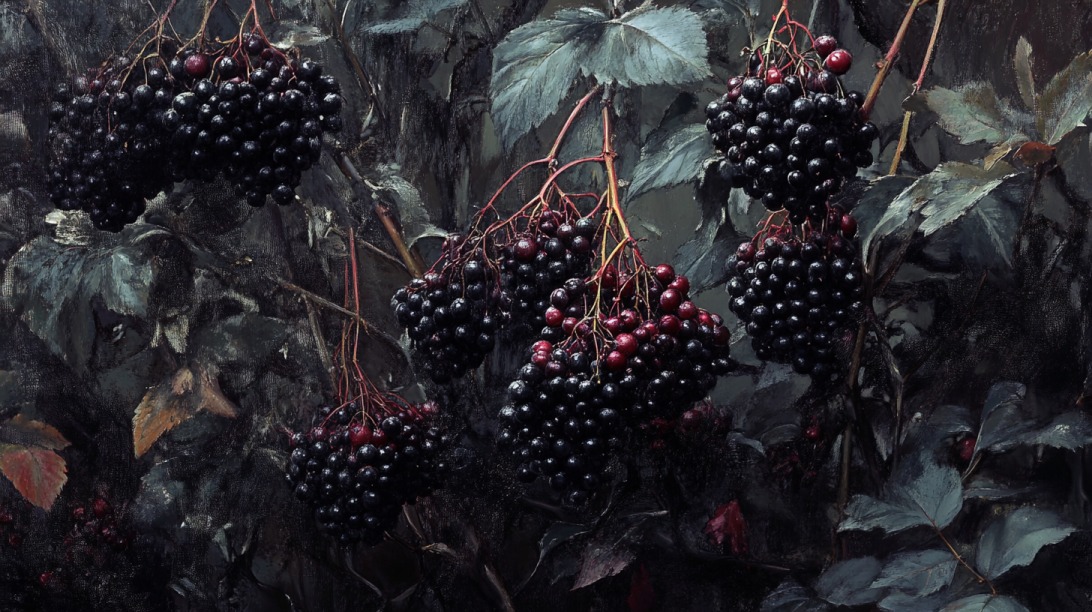
Found along stream banks, roadside thickets, and in moist woodland edges, elderberries grow in small clusters of dark purple to black fruit. Late summer into early fall marks their prime ripening window, and foragers often spot the heavy drooping clusters just before they reach full maturity.
Raw elderberries contain compounds that can cause nausea, so they should always be cooked before use. Birds adore them, so speed matters when gathering.
Many Appalachian families have long relied on elderberries for both flavor and health. Syrups and jellies fill pantries before winter, not just for their tart taste but for their rumored ability to soothe colds and flu symptoms.
The process of simmering berries releases their aroma and removes the bitter edge.
- Elderberry syrup simmered with cinnamon and clove
- Jelly to spread on freshly made bannock or biscuits
- Fermented tonic with honey and lemon peel for cold months
8. Mulberries (Morus spp.)
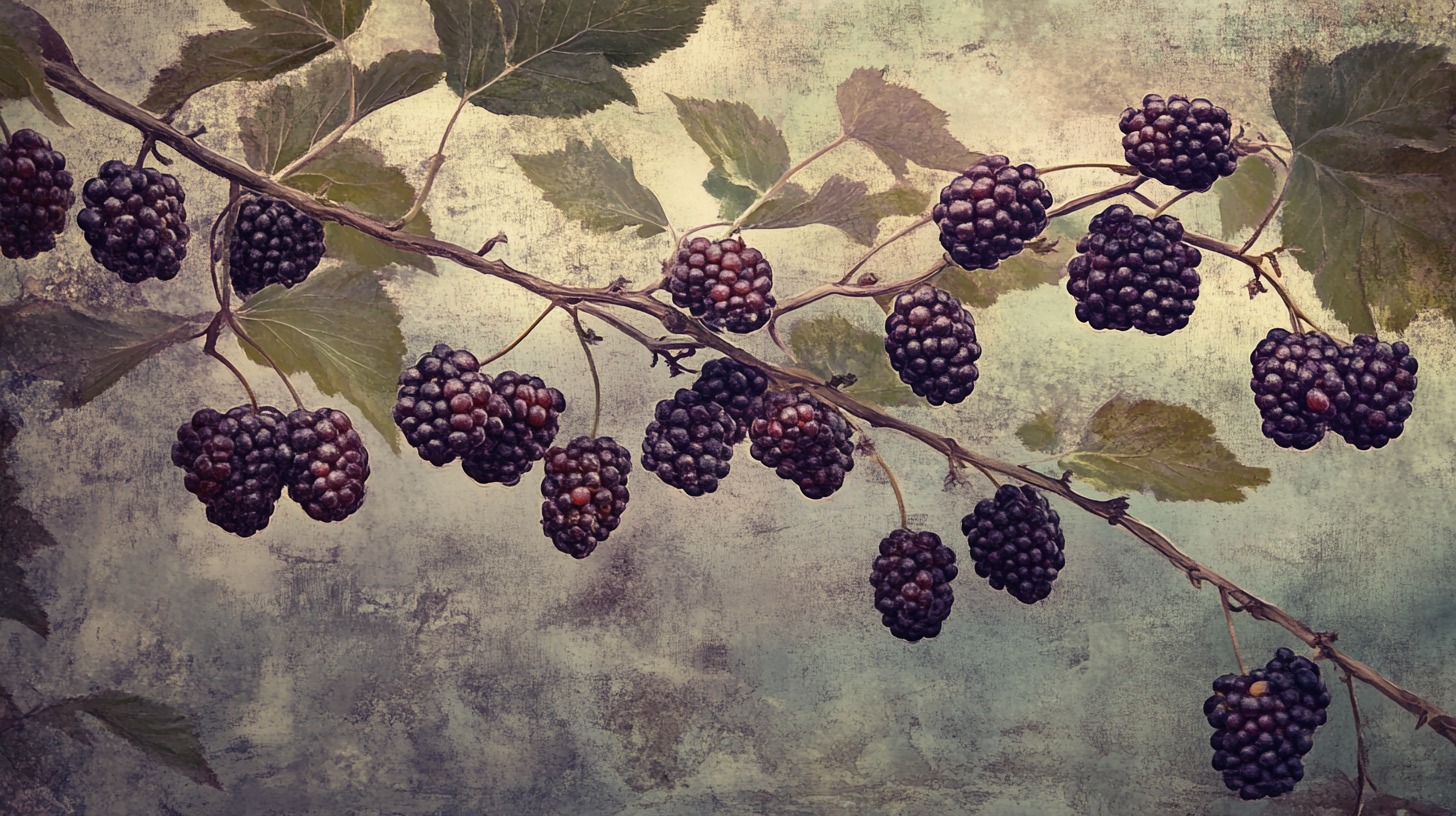
Easily missed until stepping in one, mulberries drop to the ground in abundance. Found around towns, along trails, and at the edges of yards or vacant lots, these trees produce fruit from early to midsummer.
Their long berries range in color from white to deep black-red, depending on species, and birds often get to them first. Harvesting can be messy, as the fruit stains fingers, shoes, and clothes with ease.
Fallen fruit makes a great reason to shake branches onto a tarp and gather what’s fresh. The berries’ sweetness carries well in both raw and cooked applications. Though soft, they hold up in jams and pies if used promptly.
- Mulberry jam simmered down with lemon zest
- Pie filling paired with apple or rhubarb
- Warm compote spooned over pancakes, oats, or skillet cornbread
9. Wild Grapes (Vitis spp. – Muscadine, Fox Grape)
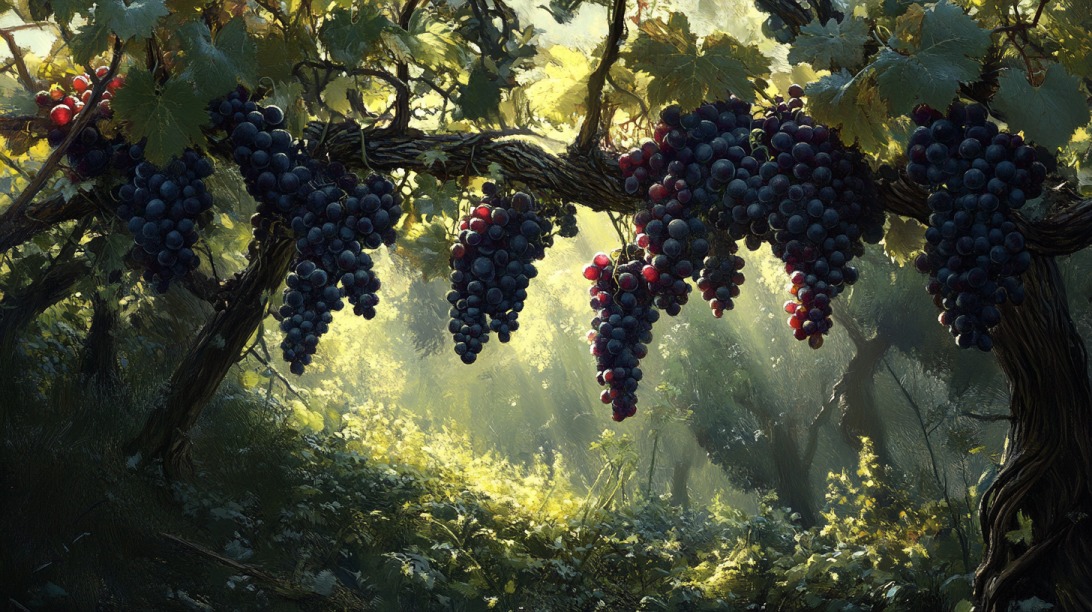
Twisting their way along old fences, trees, and rocky ledges, wild grapes offer bold tartness and thick skins that signal they aren’t your average grocery bunch. Late summer reveals their presence through strong aroma and dark dangling clusters.
Fox grapes, smaller with intense flavor, grow in higher elevations, while muscadines, larger and more robust, prefer warmer, lower regions.
Though seedy and sometimes sour, wild grapes pack enough pectin and acidity to shine in preserves. Their skins may require extra cooking time or straining, but what’s left behind bursts with flavor. Drying them into fruit leather makes a portable treat for autumn hikes.
- Grape jelly thickened naturally and stored for fall
- Fermented trail wine using sugar and wild yeast
- Grape leather dried slowly near a fire or in a solar dehydrator
Summary
Nature offers generous gifts to those who slow down and pay attention.
Foraging berries in the Appalachian Mountains rewards patience and respect.
Start with a good book or a walk guided by someone experienced. Flavor, tradition, and self-reliance all meet in a single handful of wild berries.

